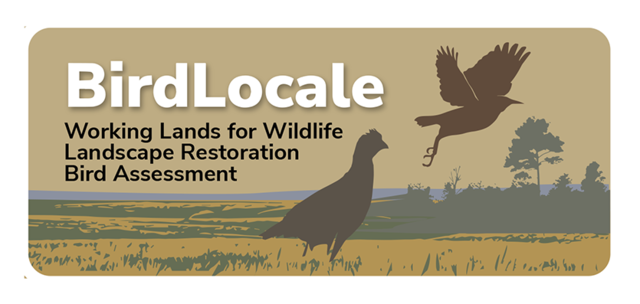-
 Taylor Spurlock 1983.pdf
Taylor Spurlock 1983.pdf
-
by
Web Editor
—
published
Jan 13, 2015
—
last modified
Jan 14, 2015 09:26 PM
Located in
Resources
/
TRB Library
/
TAN-TEV
-
 Taylor The Veliger.pdf
Taylor The Veliger.pdf
-
by
Web Editor
—
published
Jan 13, 2015
—
last modified
Jan 14, 2015 09:26 PM
Located in
Resources
/
TRB Library
/
TAN-TEV
-
 Taylor, Jan
Taylor, Jan
-
by
Web Editor
—
published
Feb 20, 2012
—
last modified
May 20, 2014 05:28 PM
Located in
Expertise Search
-
 Taylor, Melanie
Taylor, Melanie
-
by
Web Editor
—
last modified
Jun 11, 2025 11:37 AM
I am interested in fire effects on forest ecosystem processes and the potential of prescribed fire for ecosystem restoration.
Located in
Expertise Search
-
Technical and Financial Assistance
-
by
Web Editor
—
published
Jun 24, 2020
—
last modified
Jun 29, 2020 12:35 PM
Located in
Prescribed Burning
-
Technical Background
-
by
Web Editor
—
published
Mar 22, 2023
—
last modified
Mar 27, 2023 02:57 PM
-
Technical Documentation for the Literature Gateway
-
by
Web Editor
—
published
Dec 30, 2020
—
last modified
Jun 06, 2022 03:08 PM
—
filed under:
Resources
Documentation to help you navigate the Literature Gateway Tool
Located in
Resources
-
 Technical Documentation PDF
Technical Documentation PDF
-
by
Web Editor
—
published
Dec 30, 2020
—
last modified
Jun 14, 2022 12:54 AM
Downloadable PDF of Technical Documentation description.
Located in
Resources
-
 Technical Oversight Team (TOT)
Technical Oversight Team (TOT)
-
by
Web Editor
—
published
Sep 25, 2024
TOT image
Located in
SE-Firemap Images
-
 Technical Training Workshop-The Stream Simulation Design Approach for Providing Aquatic Organism Passage at Road-Stream Crossings
Technical Training Workshop-The Stream Simulation Design Approach for Providing Aquatic Organism Passage at Road-Stream Crossings
-
by
Web Editor
—
published
Jan 18, 2024
—
filed under:
Training Resources,
USDA Forest Service
This 4.5-day workshop will present the USDA Forest Service’s stream simulation method, an ecosystem-based approach for designing and constructing a channel through a road-stream crossing structure that reestablishes physical and ecological continuity along the stream corridor.
Located in
Resources
/
Upload New Resources


